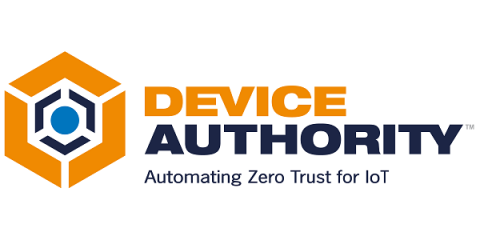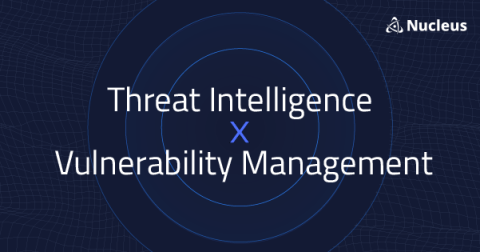The Key Benefits of Adopting Zero Trust IoT for Device Identity Lifecycle Management
Understanding Zero Trust IoT Zero Trust IoT is a security model that requires every device to verify its identity and security before accessing any network resources. In simpler terms, it means that no device is automatically trusted, regardless of where it is connecting from. This approach helps to prevent unauthorized access and potential security breaches. With Zero Trust IoT, each device must continuously prove its trustworthiness, adding a layer of security to networks and data.











